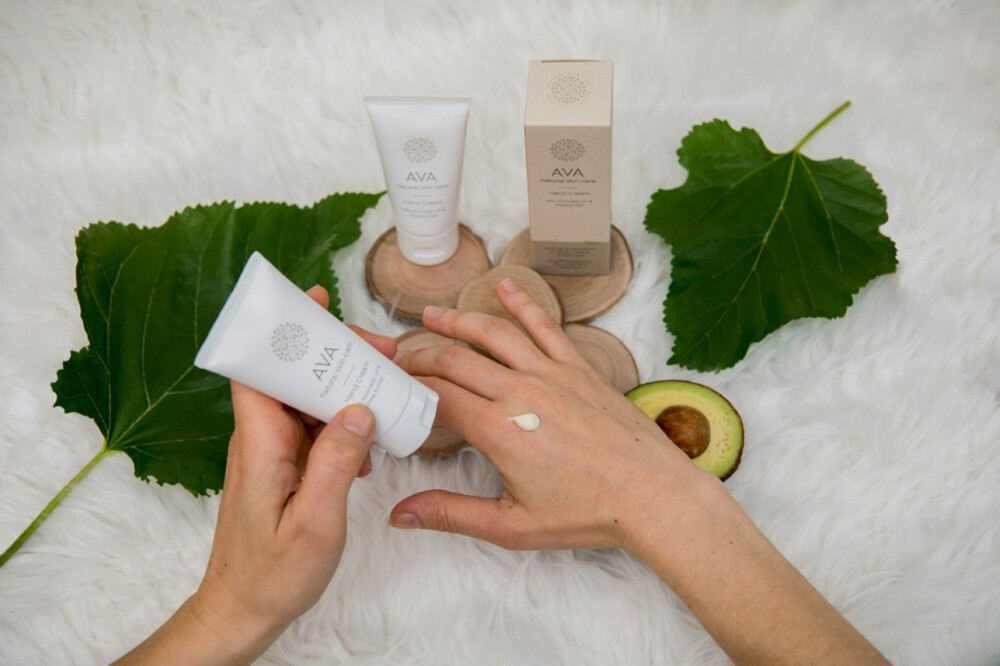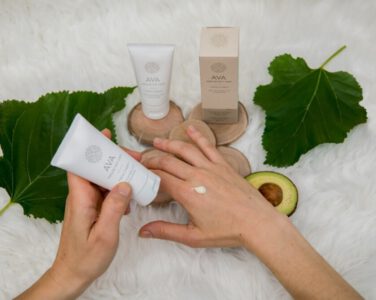Today the claims “natural”, “organic”, “BIO”, “eco-friendly” are widely used in our cosmetic products. But these claims need to be verified and proved and be compliant with the EU Regulations. In this article we shall describe what declare on the label of a natural cosmetic product and how to do it.
What is the definition of natural cosmetic?
At the moment, there is not a definition of what constitutes a “natural cosmetic”. Moreover, no guidelines describe which substances a natural cosmetic should or should not include and a what concentration.
What can I declare on the label of a natural cosmetic?
EU Regulations 1223/2009 and 655/2013, describe the requirements for declarations and claims on cosmetic labels. Regulation 655/2013 describes six common criteria to determine the compliance of a claim: it must be truthful, supported by evidence, honest, fair, help the consumers make informed decisions and comply with the rules. This applies to all cosmetic claims, including natural and organic claims.
How can I declare “natural” claims?
In this case, two options are available.
- Get a Certification by a private body
There are several options available for natural cosmetics. The company requesting the certificate must ensure the entire production process. They must adopt processing method that guarantee the integrity of natural and organic raw materials and finished product.
Some of the private bodies that issues certifications for natural cosmetics are the following:
- ECOCERT
- AILAB
- NATRUE
- COSMOS
COSMOS offers two options: “COSMOS Natural” and “COSMOS Organic” according to the Cosmetic Organic Standard which is the only European legislation that governs the certifications of natural and organic cosmetic products.
COSMOS standards cover all aspects, from the origin of the ingredients to the production, packaging and marketing of the finished products.
- Comply with ISO 16128 guidelines
ISO 16128 standards is divided into two parts: ISO 16128-1 (Definitions) and ISO 16128-2 (Requirements).
It is not possible to certify a cosmetic according to these documents as they only provide the tools to calculate indices related to cosmetic ingredients: Natural index, natural Origin, Organic Index, Organic Origin Index.
A natural ingredient comes from plants, animals, microorganisms, minerals that undergo physical processes, fermentation or other processes that do not involve chemical modification of the substances. A natural ingredient as a Natural index of 1.
A naturally derived ingredient must have a natural origin index of more than 50% obtained through chemical processes. A naturally derived ingredient has a Natural index between 0.5 and 1.
An Organic ingredient is a natural ingredient that comes from certified harvested productions. An Organic ingredient has an organic origin index of 1. An ingredient of organic origin has an organic origin index between 0 and 1.
Once the index of each ingredient is calculated, it is possible to calculate the indices of the finished product on its own using the formulas described in the guideline.

What will be the future of natural cosmetics?
The European Union is working on make claims regarding natural cosmetics reliable, comparable and verifiable across Europe by using standard methods. This will reduce the practice of “greenwashing”, where companies give a false impression of the naturality and environmental impact of their products.
By implementing these standards methods, companies would be required to substantiate claims related to naturality of their cosmetics. On the other hand, final consumers will be also more confident in the information displayed in natural cosmetics.
Do you want to better understand what is behind natural cosmetics? Contact us today and we will glad to help you.


